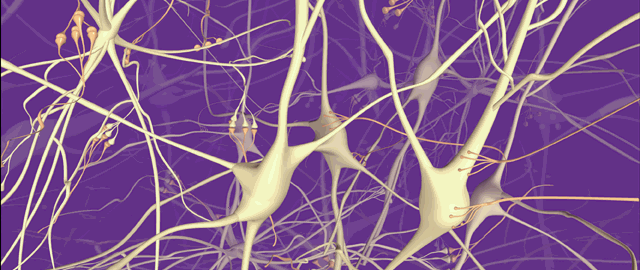From Neurons to Hormones: Understanding the Biological Triggers of our Actions
The neural communication systems is built on billions of interconnected cells called neurons which communicate by exchanging chemicals, most of which are triggered through electrical stimulation produced by specific stimuli. The endocrine system provides another communication system which is carried by hormones synthesized by glands distributed in different places throughout the human body, one of which is actually in the brain: the pituitary gland. The pituitary gland secretes many hormones, especially some that actually control the production of other hormones. Both systems constitute the major ways by which our body is regulated. Both are interconnected and do interface in complex ways.
Both systems create a sophisticated web of responses that affect our behaviors and the body’s homeostasis. The neural system directly controls the production of many hormones. Likewise, some hormones act as neuromodulators which affect the nature of synaptic connections between neurons. There are, however, important functions that make both communication systems distinct and explain why one system may offer advantages or disadvantages over the other. We will discuss here four factors: structural design, speed, the length of impact and distance of action.
Structural Design
The nervous system is wired whereas the endocrine system is not structurally linked. In other words, neurons are connected through a logical grid; glands are not. This makes the neural network speedy and efficient. However, nerve cells must have a close anatomic connection with each other to communicate. Hormones can travel to any other part of the body. Though they are not as limited in that respect, they must find the right target receptors in order to produce any effect.
Speed
The neural system is considered fast and the hormonal is fairly slow in comparison. Reactions at a neural level happen in milliseconds. By contrast, the way hormones are secreted and travel through the bloodstream make them slow-acting once they bind with the appropriate receptors.
Length of Impact
The impact of a neural connection tends to be short and requires repetition to produce long-lasting effects. On the other hand, hormones can generate responses that affect the body even after the binding to the receptors has ceased. Specifically hormones that affect the production of proteins have longer effect than those that are just activating enzymes.
Distance of action
Though axons can be quite long in order to cover the distance between the brain and some of the most distant points of the spinal cord, the nature of neural transmission is that it is more local than global by design. By using the bloodstream as a channel through which it reaches target sites, hormones have more outreach than neurons in the way they communicate and impact the body.
As different as both systems may be on the issue of structural design, speed, length of impact, and distance of action, both systems support the way our body maintains a state of homeostasis when facing stress, external stimuli, and many other of life’s attempts to disrupt our state of balance.



